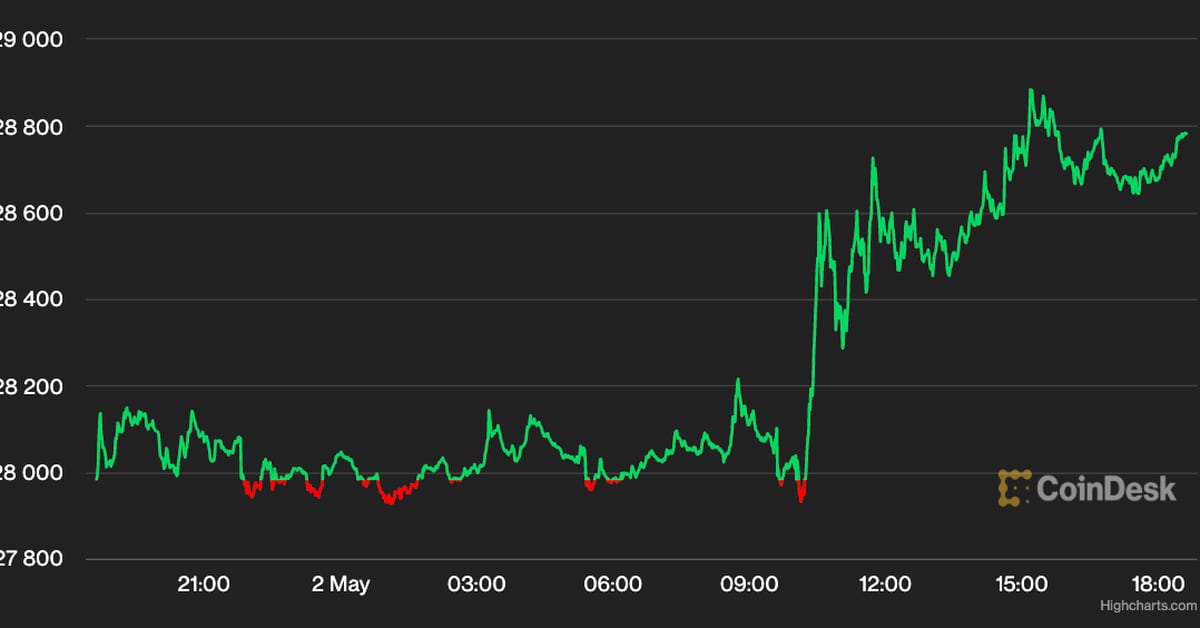Unbanked population helps phenomenal fintech growth in Pakistan

ISLAMABAD-Though Pakistani startups saw a 36% decline in the third quarter (July-September) of calendar year 2022 compared to the previous quarter, financial technology (fintech) showed rising graph during the same period.
According to the data of Invest2Innovate (i2i), a consulting firm for startups, six of the 14 deals that took place in Q3 2022 were fintech startups, compared to two deals with e-commerce startups. Fintech startups raised $38 million which is 58% of total funding ($65 million) in Q3 2022, compared to e-commerce startups which raised 19% of total funding. The i2i data shows that in Q3 2022 fintech raised 37.1% higher than what it raised in Q2 2022 ($27.7 million). Similarly, in Q2 2022, the fintech’s total investment was 63% higher compared to what it raised in Q1 2022 ($17 million).
Sumbal Qureshi, a fintech consultant, told WealthPK that the political situation is having an impact on the economic situation in the country, due to which many foreign fintech companies have held back their initiatives. This situation is also a challenge for local fintech firms. The unusual growth is simply due to existing fintechs and more established companies trying to survive at the moment. They are trying to overcome the situation by continuing to invest in the fintech sector.
Imran Jattala, a renowned IT expert, told WealthPK that 5% of the world’s unbanked population lives in Pakistan. Around 18,000 people turn 18 every day in Pakistan, and an unbanked population and the under-18s use fintech for their financial affairs. So fintech and digital banking will thrive despite a decline in start-up funding.
According to Pakistan Telecommunication Authority (PTA) data, over the years, branchless/mobile banking has shown tremendous growth based on the tele-banking-fintech nexus, which has contributed significantly to financial inclusion. The m-banking network has expanded to over 534,460 m-banking agents and 74.6 million m-wallet accounts. This network enabled more than 2.2 billion annual transactions worth over Rs 8 trillion in 2021. Despite these developments, cash still dominates economic activities and there is little use of electronic payments, especially by micro and small retailers. Cash is the dominant payment method in Pakistan as it is considered “safe” by most retailers and suppliers. Many salaries are also paid in cash.
The importance and use of electronic banking services and alternative delivery channels has increased in the post-Covid-19 period. Realizing this, the State Bank of Pakistan further encouraged the use of digital financial channels by instructing banks to waive all interbank and intrabank charges on digital transactions. This resulted in a significant annual increase of 206% in interbank transfers and 122% in intrabank transfers through online banking. For mobile banking, the impact was even higher, with a tripling of inter-bank mobile banking transfers from Rs 765 billion in FY 2020 to Rs 2.346 trillion in FY 2021.

























